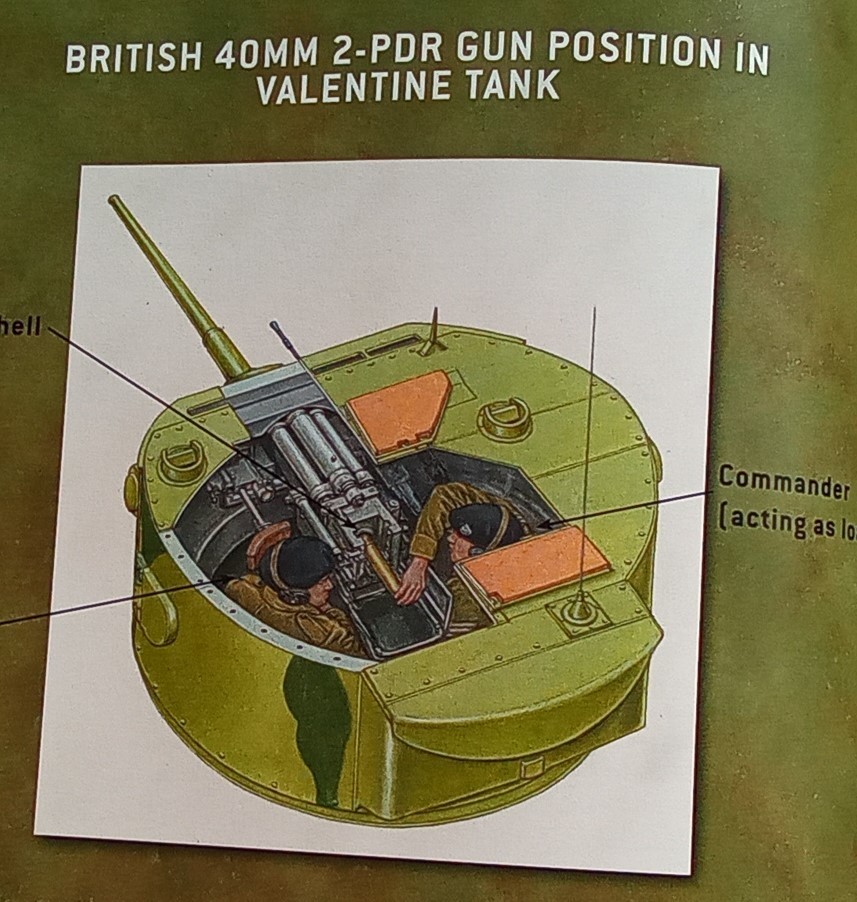Although much has been written about the Panzer III, little attention has been given to the equally prominent Valentine tank. This work compares the respective strengths and weaknesses of these iconic tanks, which frequently went head-to-head in brutal battles across Europe, Libya, Egypt, and Tunisia. It documents the upgrades made to each AFV type over three years, as up-gunned and up-armoured variants – ever more lethal, ever more survivable – arrived in North Africa.
Dr Bruce Newsome explores the two tanks' encounters, from the first Valentine vs Panzer III clashes in 1941, to the Axis drive into Egypt, and on to the Tunisian fighting of 1942–1943. Colour artworks include profile, weaponry and gunsight, and battlescene views of both tanks, while maps chart the campaigns in which they met. Each AVF's performance is also covered, along with their technical details, design evolution, and crew histories.
Table of Contents
Introduction
Chronology
Design and Development
The Strategic Situation
Technical Specifications
The Combatants
Combat
Statistics and Analysis
Aftermath
Bibliography
Index
Whilst a narrowly defined title, it works really well and this is a good read focused as it is around the Panzer III versus Valentine tanks, North Africa 1941-43. I read it in an afternoon and came away with a fairly good understanding of both subject tanks' performance, the respective weaknesses and strengths, and that neither tank was particularly better.
The real differential between each came down to tactics, training, and quantity; the Allies had no concerns about replacing lost vehicles whereas the Germans took to using captured vehicles wherever they could. With regards to training, the Germans had a slight edge, 'German Army training changed remarkedly little from its first intervention in North Africa until the end, thanks to excellent foundations and Allied difficulties in adapting during a period of rapid expansion and unstable command.' p. 52.
With regards to tactics, I liked this quote, page 55, from Brigadier General Robinett, "... the tragedy that occurs when faulty tactics and weak equipment are joined with stout hearts in modern mechanized warfare'. In reference to the first skirmishes in Tunisia.
There is good analysis, too: 'The Panzer III could stow 120 rounds of 37mm ammunition. Even with 50mm ammunition, it could stow 99 rounds. The Valentine, however, could stow only 79 rounds of 40mm ammunition, because of its smaller turret. The 2-pdr gun was slightly quicker to fire, but useless against the face-hardened plates on the fronts of the Panzer IIIs.' page 35.
In 'Aftermath', the situation is best summarized with the last sentence, "Panzer IIIs and Valentines had been fighting for three-and-a-half years - a remarkable record for two pre-war designs in a war of rapid development."
The artwork is average, see cover image, but there are other images, maps, and profiles to appreciate.
Easily recommended, informative, and well written. Grab a copy today.
Subject tank 1

Subject tank 2

comparative tables
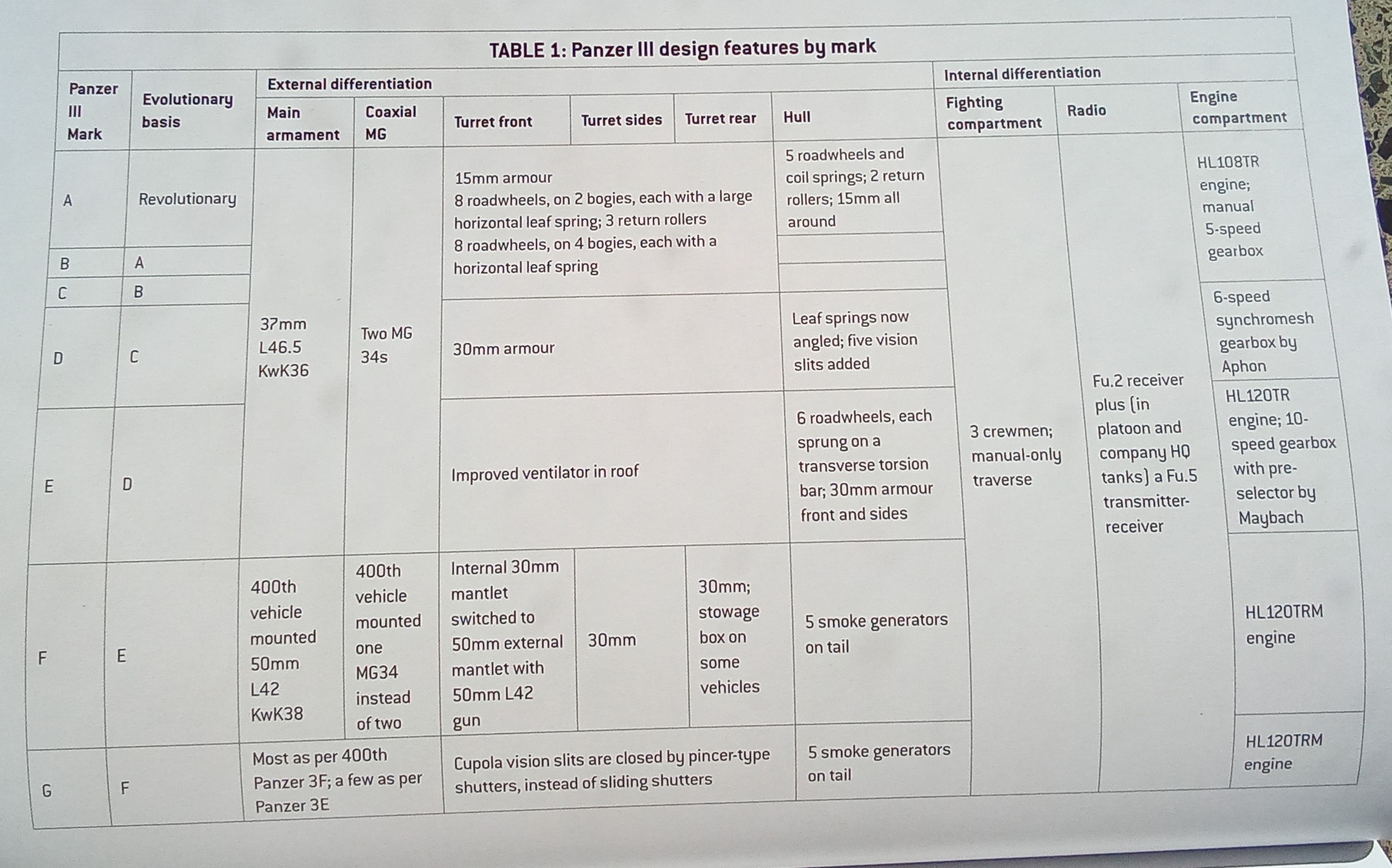
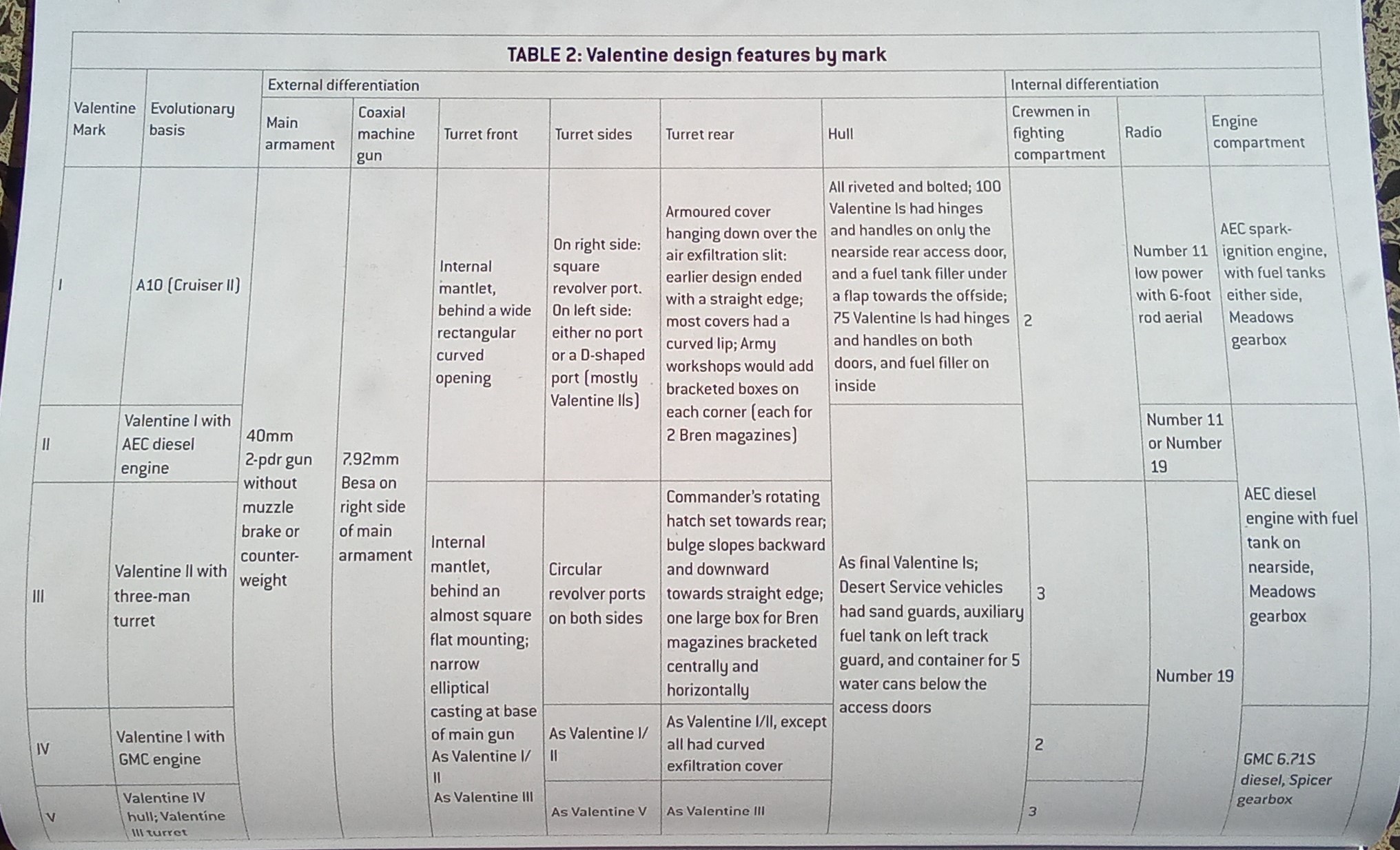
Profiles
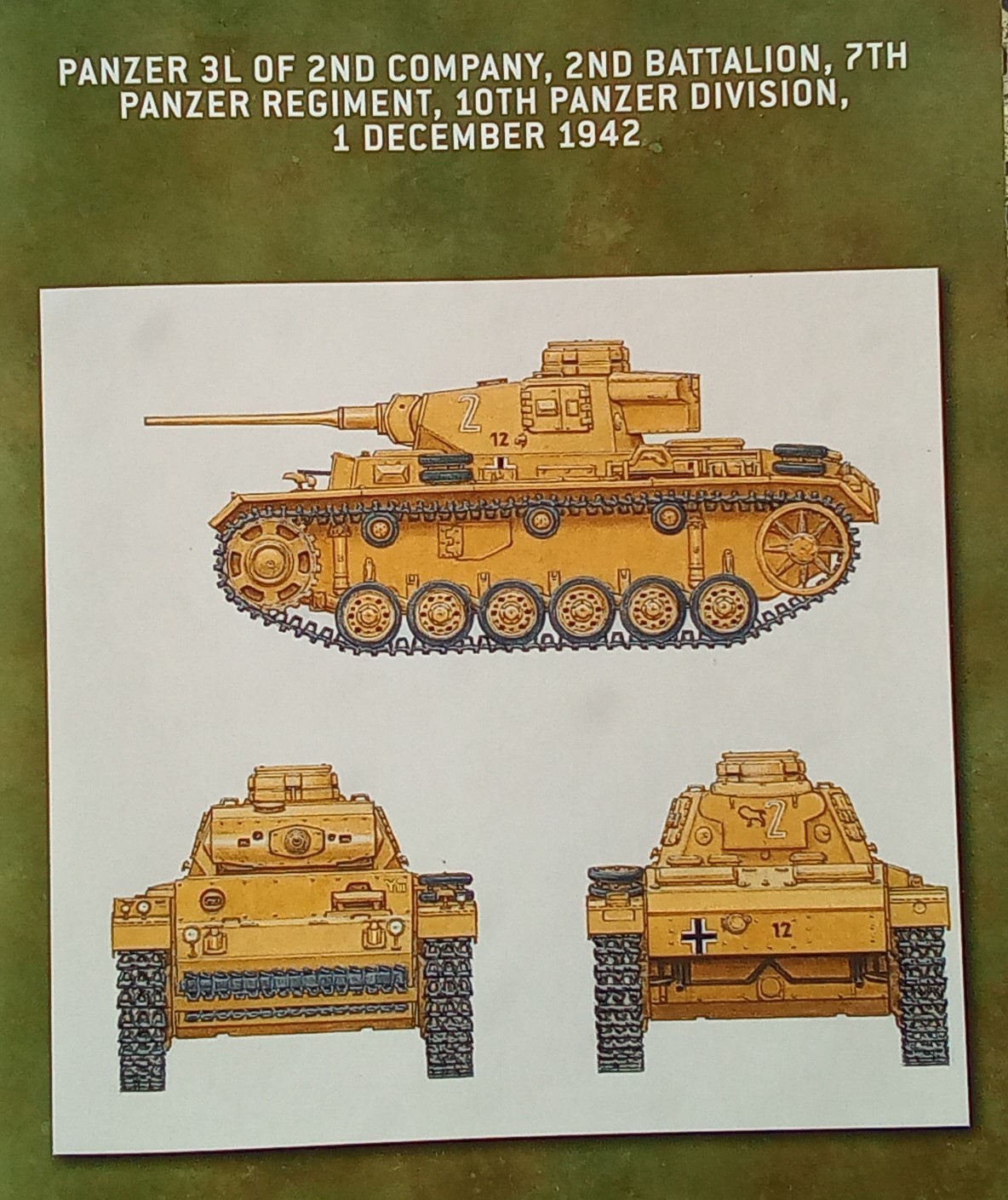
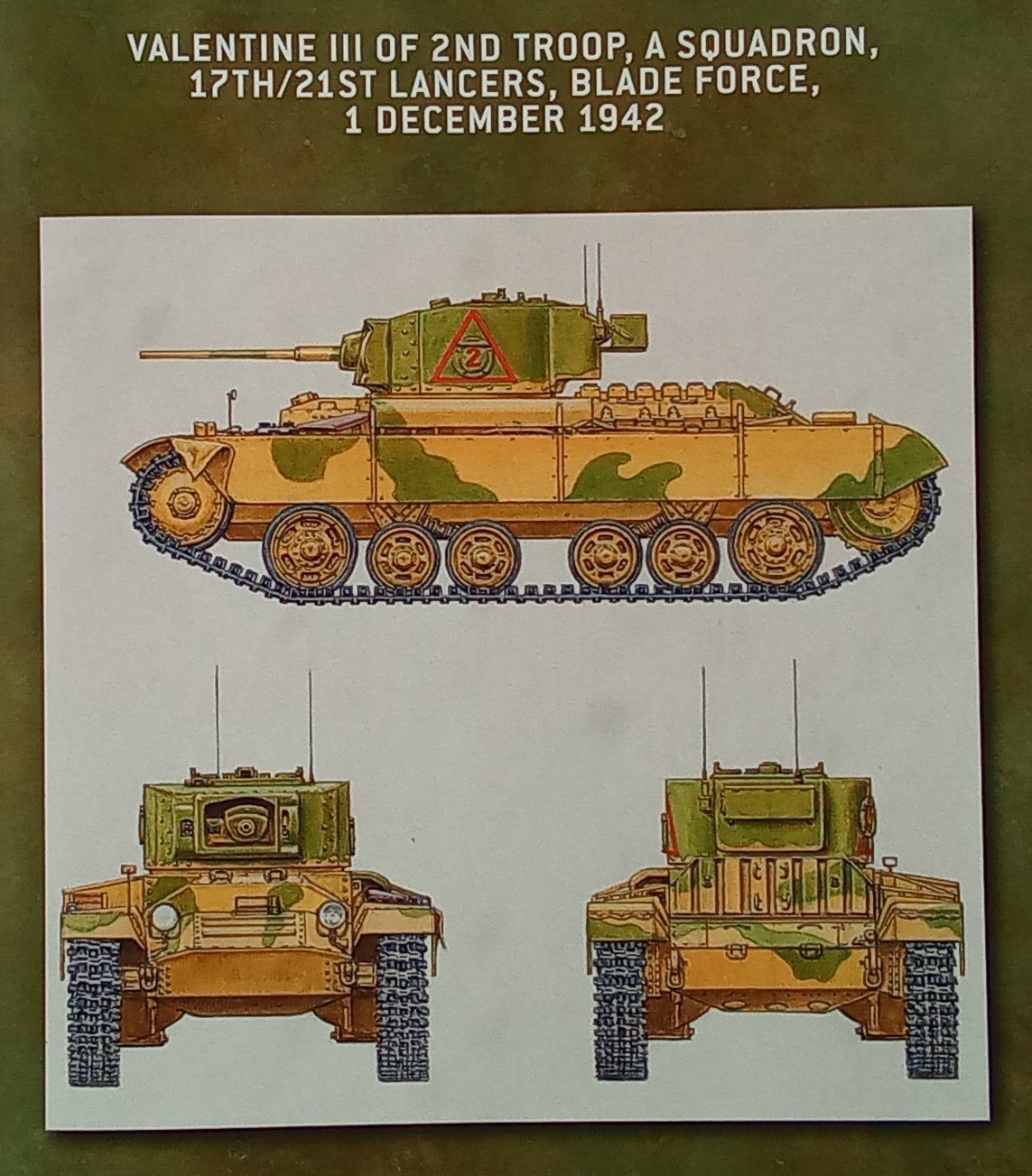
it is a map
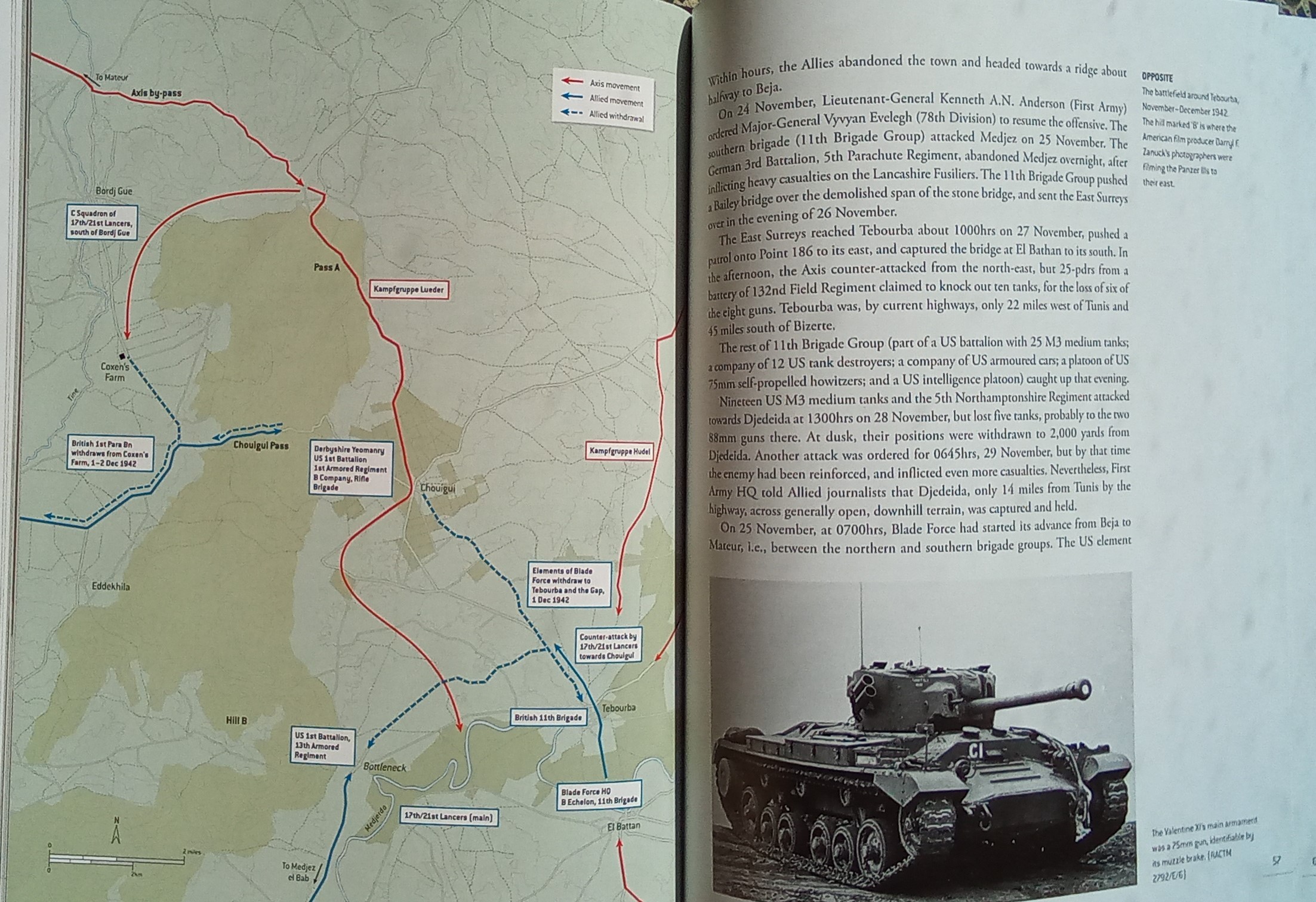
who designed that turret...
